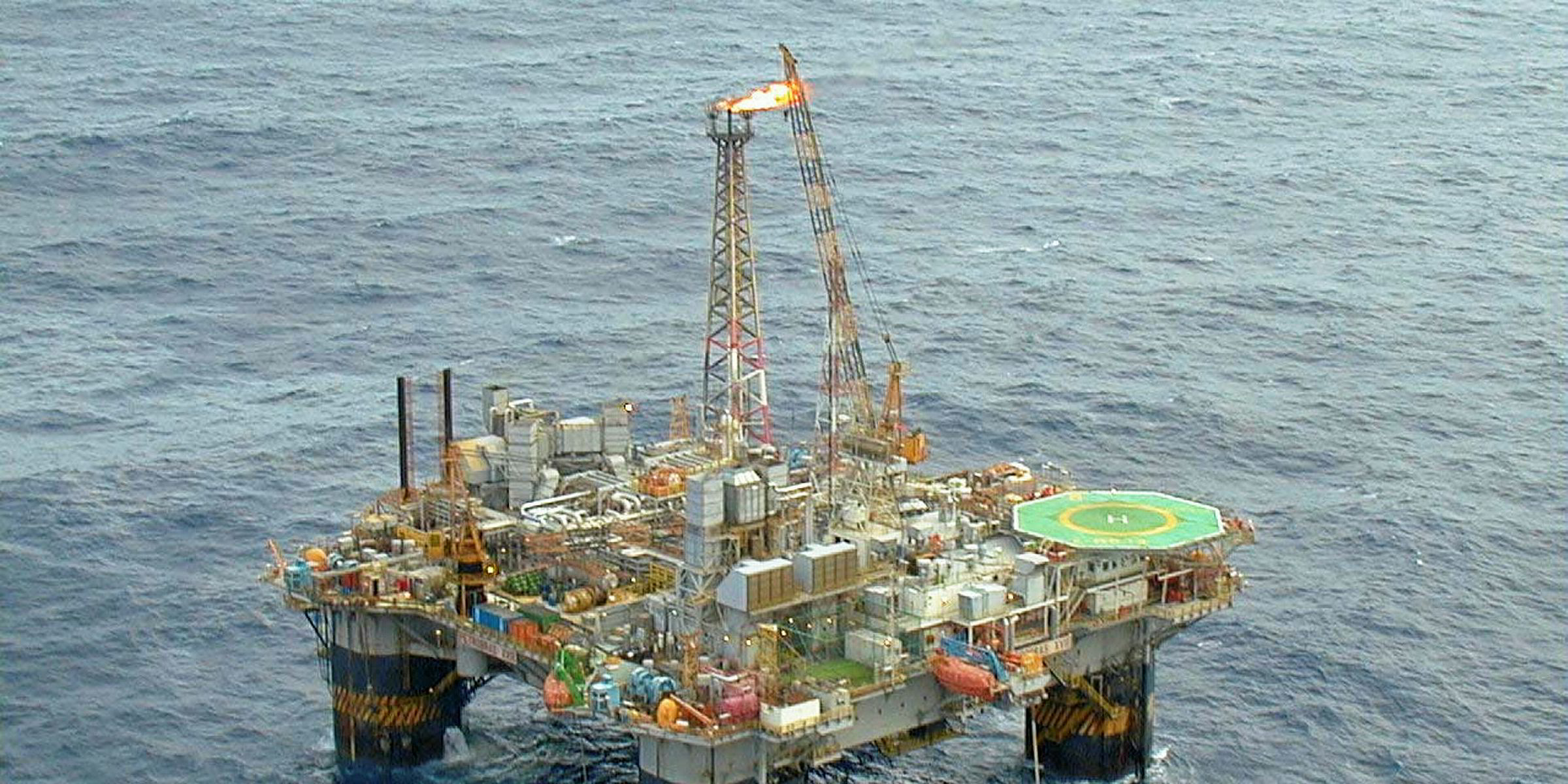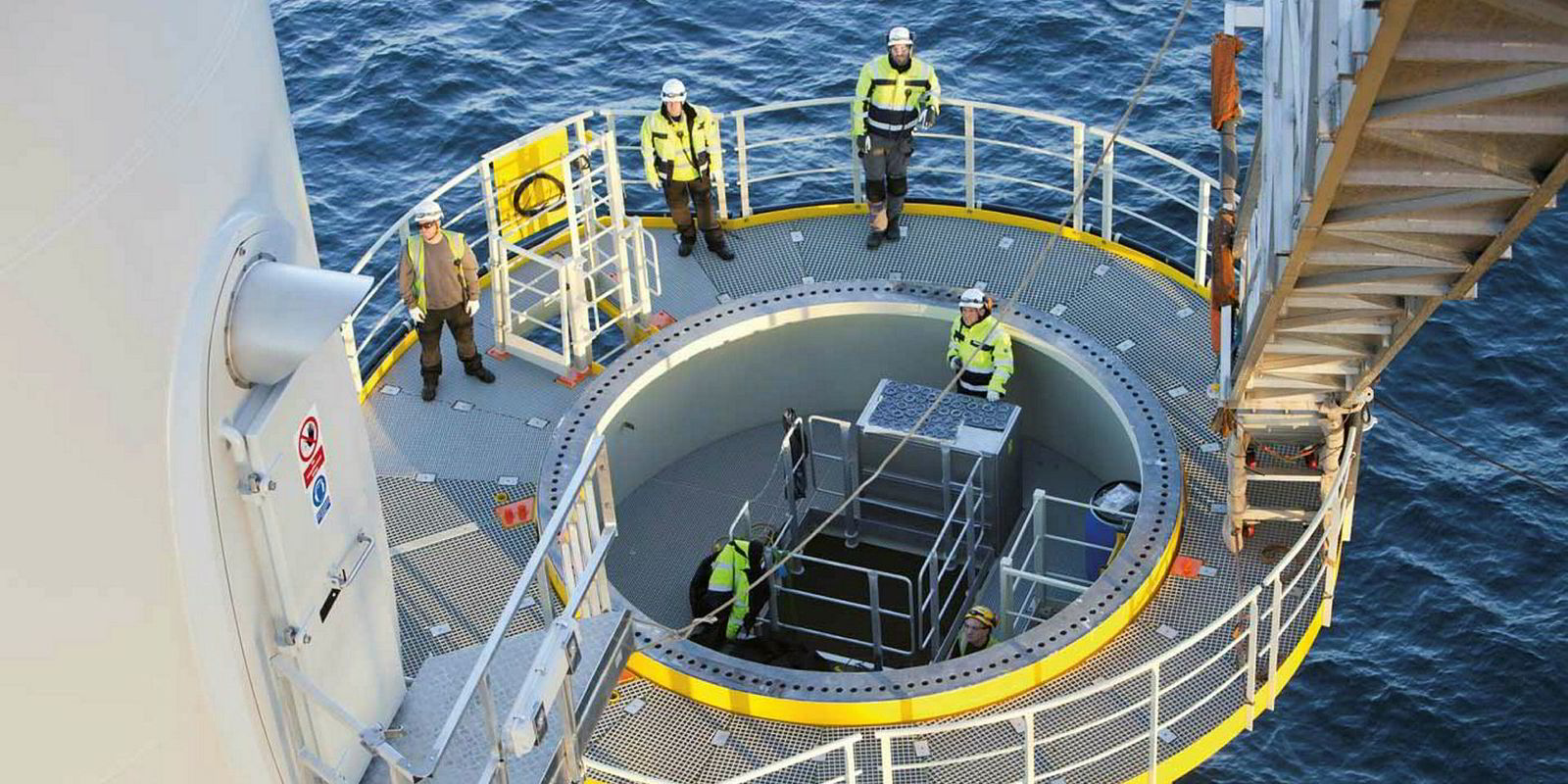We are heading in the direction of a low carbon future – the way the world thinks about renewable energy has undergone a remarkable change. It is no longer just an idea backed by government subsidies anymore but rather it is now mainstream electricity, competing on par with fossil fuel power generation on costs around the world.
Oil and gas is never going to disappear, but renewable energy is now mainstream. It has achieved grid parity, but as the reliance on government subsidies fades away and the ability in most countries to compete on cost with thermal, our industry is moving into an exciting second phase – one where we can expect to see between 50% to two-thirds of new gigawatt energy coming from renewables.
Over the next 10 to 20 years we will see a paradigm shift with renewables becoming the baseload. Renewable and baseload; two words that until recently would have looked unusual together.
However, advances in innovation, scalable, cost-efficient, hybrid technology and auction-based competition are all playing their part in driving this shift. As are customer demands – corporate purchasers increasingly want 100% renewable energy and in most cases we are able to deliver.
On April 21 last year UK power generation achieved the first coal free day; in the summer, Volvo announced all cars launched after 2019 would be electric or hybrid. Back in 2015, more than 26% of European energy was of renewable origin. In response to these advances, major operators are reviewing their portfolios to make their businesses more resilient and competitive by adapting their oil and gas solutions to take advantage of the renewables sector growth. Oil and gas companies are beginning to diversify their portfolios with renewables to support future sustainability and revenue growth objectives.
Sharing of technology and best practices between the two industries; especially as more renewables move offshore and into more challenging environments, is where the oil and gas companies’ expertise and capabilities can be harnessed. In our role as technology providers, we can also help realise these objectives through constant innovation and co-creating solutions together with customers’ engineers, and bringing many years of experience to the effort.
I believe there are benefits and rewards for both industry players working together through this energy transition. As mentioned, more renewables are moving offshore. The sector can gain insight from oil and gas operations through proven technologies, application and services. It can shorten the development span for new concepts by sharing the knowledge and expertise of the marine environment and managing complex projects to help accelerate performance.
As oil and gas subsea segments continue to be challenged, with low activity levels and challenging pricing, renewables could leverage those lessons from more cost-effective approaches that are being developed. Offshore vessels, or even foundations, that previously were fit for purpose in oil and gas will now have dual purpose for both offshore oil and gas and wind applications, driving more energy infrastructure efficiency.
The oil and gas industry has also cultivated great expertise on compliance and safety standards associated with product design, manufacturing and installation. For example, cables carrying electrical power generated by offshore wind farms from the converter platform back to shore need protection. The entry and exit point for these power cables experience significant loads and stresses due to a combination of weather conditions, wave heights and tidal currents. Protection is critical at these points to prevent significant damage; something that the oil and gas industry is very familiar with and has addressed for years.
It is often assumed that renewables projects possess a social license to operate and do not incur the complexity, conflict and human rights concerns that have been associated with oil and gas industry for decades. However, social risk for renewable energy projects can be as considerable as any upstream development.
Oil and gas companies have a massive global presence and strong local governments relationships. This makes them a perfect partner for helping and supporting the local decision makers in this transition, and getting projects done. Using good practices from the oil and gas industry can help better inform stakeholder engagement and community relations, and consequently facilitate accelerated business development.
Social risk for renewable energy projects can be as considerable as any upstream development.
Here is my call to action to the energy industry: To power the world, the industry and policymakers must continue to innovate. Energy doesn’t just turn on the lights – it improves quality of life. It allows people and societies to fulfill their potential. The world’s greatest problems – feeding an increasingly growing population, fighting disease, battling water scarcity, providing quality education, sustaining the environment and limiting CO2 and greenhouses gas emissions all require sustainable, reliable and affordable energy.
Renewables will continue to grow, but fossil fuels won’t vanish in the near future. Oil, gas and coal still account together for about 86% of the energy keeping the world’s lights on, cars running and homes warm. No one knows exactly how fast this energy transition will develop, but I do know that whatever happens, we will continue to listen to our customers and work in partnership with them.
Our combined success is strongly linked and interdependent in that developing and combining together renewable energy resources, complemented by fossil fuels, and boosted by digitisation, we can fuel the growing global economies, learn from each other and improve the quality of life in both those most remote communities and around the world.
Jérôme Pécresse is CEO at GE Renewable Energy. This article first appeared on his Linkedin page.


